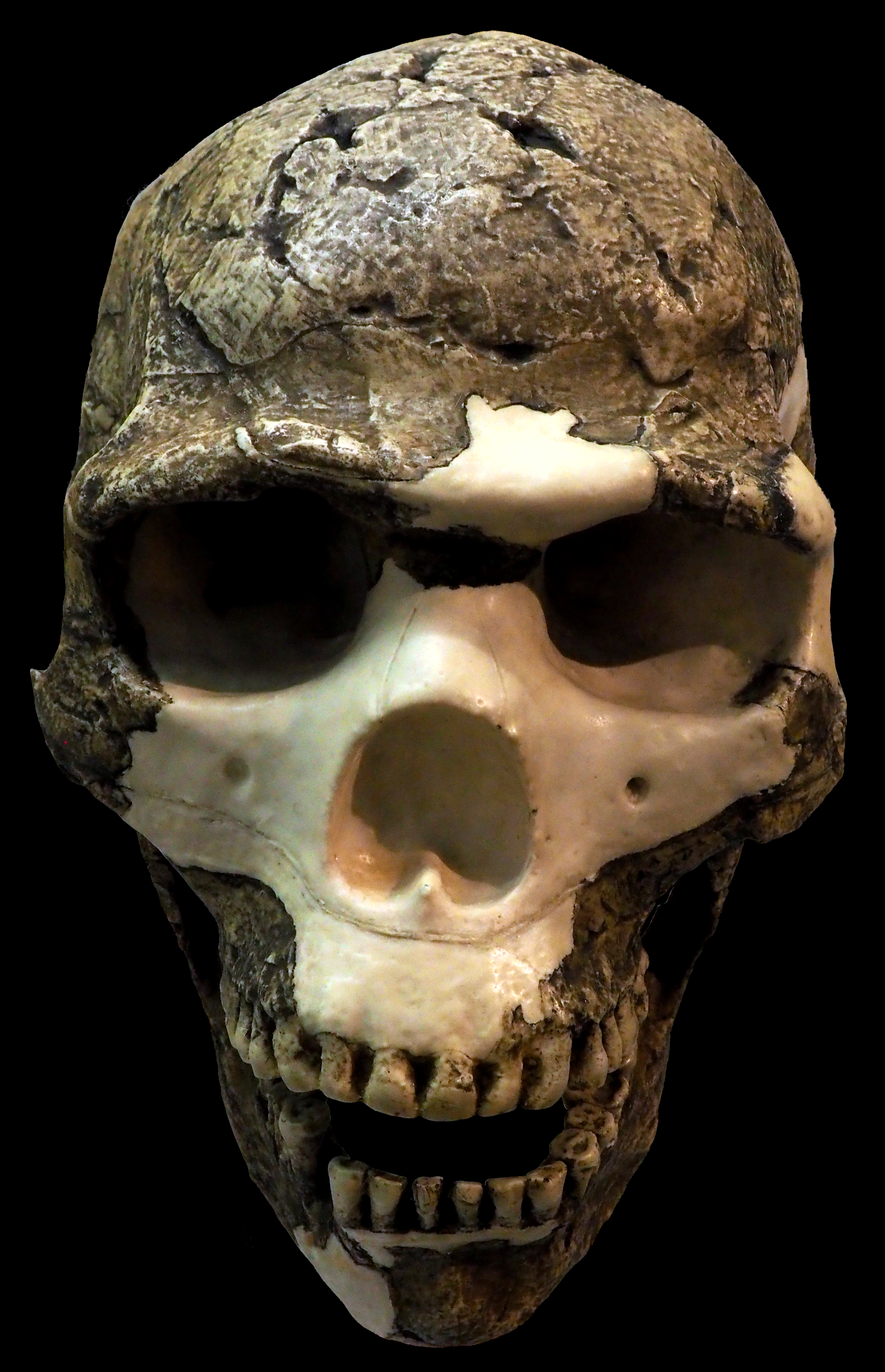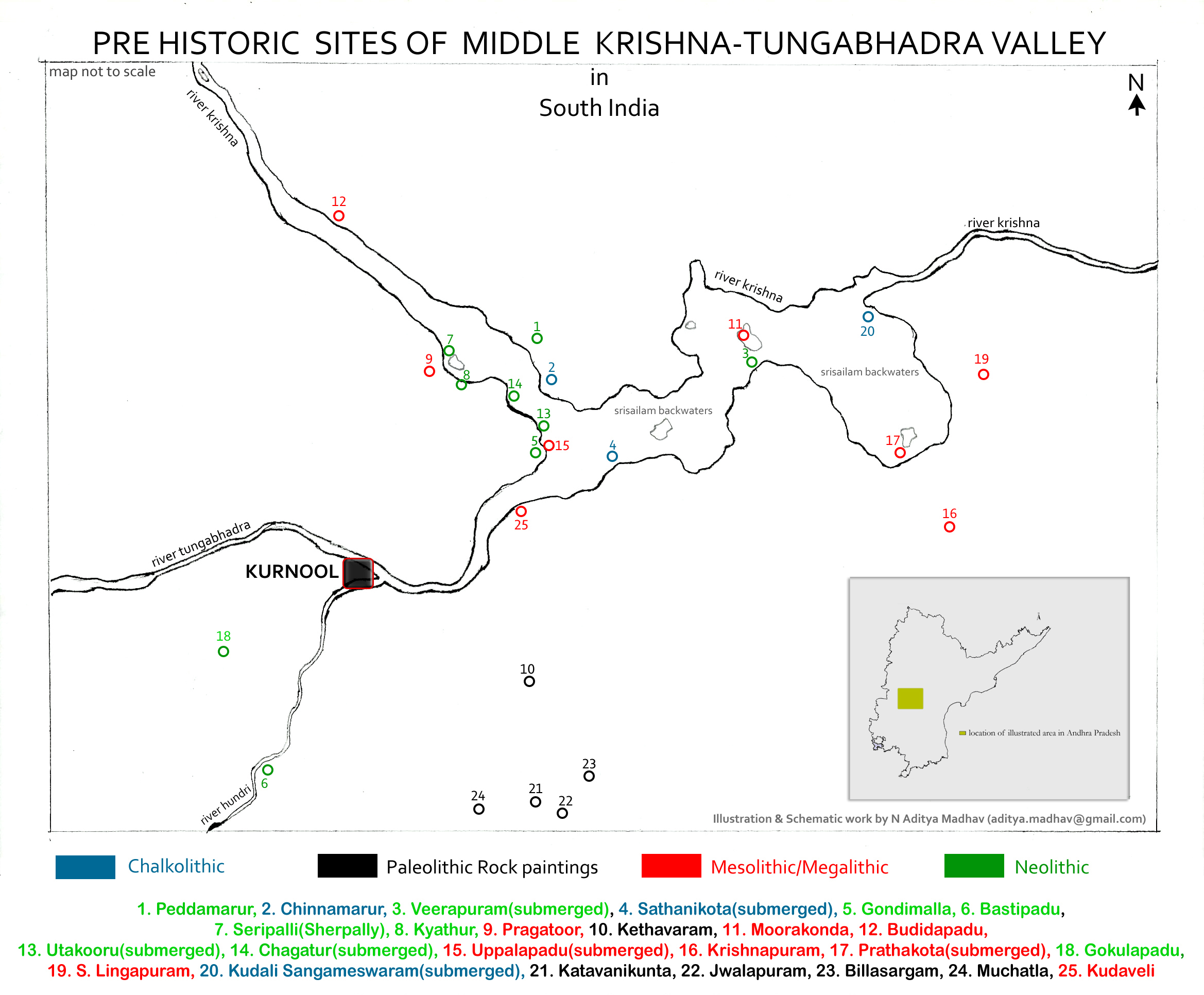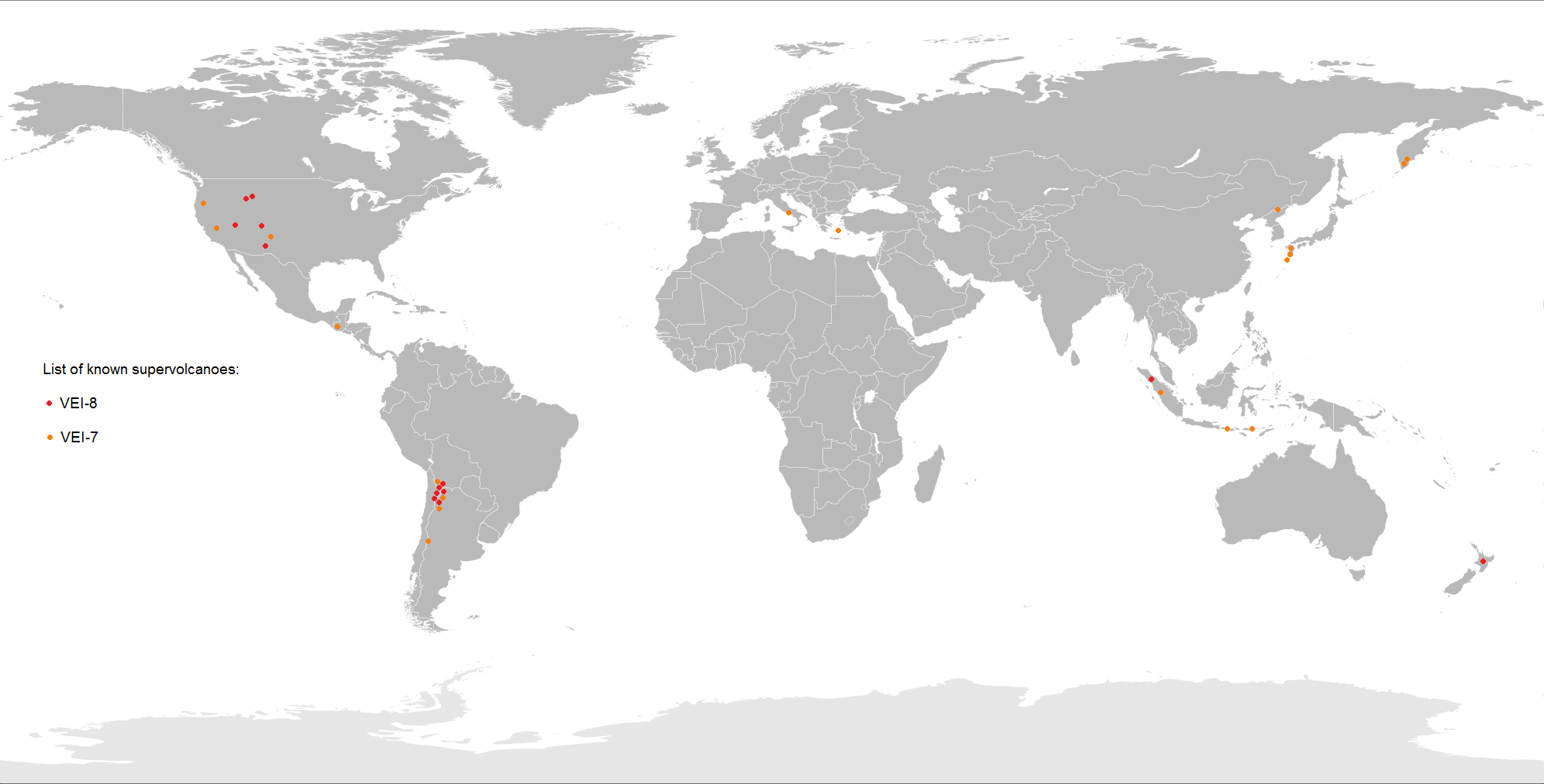|
Jebel Faya
Jebel Faya ( ar, جَبَل ٱلْفَايَة, Jabal Al-Fāyah; FAY-NE1) is an archaeological site and limestone hill or escarpment near Al Madam in the Emirate of Sharjah, the UAE, located about east of the city of Sharjah, and between the shoreline of the Gulf and Al Hajar Mountains. It contains tool assemblages from the Paleolithic, Neolithic, Iron Age, and Bronze Age. Because its deepest assemblage has been dated to 125,000 years ago, it was thought to be the world's most ancient settlement yet discovered of anatomically modern humans outside of Africa at the time of its discovery in 2011. Finds of a yet earlier date (50,000 years) have since been found at Misliya cave in the Levant. The finds from excavations at Faya and surrounding digs are displayed at the Mleiha Archaeological Centre. Site history Excavations at Jebel Faya were first conducted between 2003 and 2010 by Simon J. Armitage, Sabah A. Jasim, Anthony E. Marks, Adrian G. Parker, Vitaly I. Usik, and Hans-P ... [...More Info...] [...Related Items...] OR: [Wikipedia] [Google] [Baidu] |
Al Hajar Mountains
The Hajar Mountains ( ar, جِبَال ٱلْحَجَر, Jibāl al-Ḥajar, ''The Rocky Mountains'' or ''The Stone Mountains'') in northeastern Oman and also the eastern United Arab Emirates are the highest mountain range in the eastern Arabian peninsula. Also known as "Oman Mountains", they separate the low coastal plain of Oman from the high desert plateau, and lie inland from the Gulf of Oman. ''Al'' () means "the", and ''Ḥajar'' () means "stone" or "rock". So ''al-Ḥajar'' () is named as "the stone" or "the rock". Geology Orography and tectonic setting The Hajar Mountains extend for through the UAE and Oman. They are located on the north-east corner of the Arabian Plate, reaching from the Musandam Peninsula through to the east coast of Oman. The range is about wide, with Jabal Shams being the highest peak at 3,009 m (9,872 ft) in the central region of the mountains. Currently, the Arabian Plate is moving north relative to the Eurasian Plate at per ye ... [...More Info...] [...Related Items...] OR: [Wikipedia] [Google] [Baidu] |
Levant
The Levant () is an approximate historical geographical term referring to a large area in the Eastern Mediterranean region of Western Asia. In its narrowest sense, which is in use today in archaeology and other cultural contexts, it is equivalent to a stretch of land bordering the Mediterranean in South-western Asia,Gasiorowski, Mark (2016). ''The Government and Politics of the Middle East and North Africa''. }, ), meaning "the eastern place, where the Sun rises". In the 13th and 14th centuries, the term ''levante'' was used for Italian maritime commerce in the Eastern Mediterranean, including Greece, Anatolia, Syria-Palestine, and Egypt, that is, the lands east of Venice. Eventually the term was restricted to the Muslim countries of Syria-Palestine and Egypt. In 1581, England set up the Levant Company to monopolize commerce with the Ottoman Empire. The name ''Levant States'' was used to refer to the French mandate over Syria and Lebanon after World War I. This is probab ... [...More Info...] [...Related Items...] OR: [Wikipedia] [Google] [Baidu] |
Middle Awash
The Middle Awash is a paleoanthropological research area in the Afar Region along the Awash River in Ethiopia's Afar Depression. It is a unique natural laboratory for the study of human origins and evolution and a number of fossils of the earliest hominins, particularly of the ''Australopithecines'', as well as some of the oldest known Olduwan stone artifacts, have been found at the site—all of late Miocene, the Pliocene, and the very early Pleistocene times, that is, about 5.6 million years ago (mya) to 2.5 mya. It is broadly thought that the divergence of the lines of the earliest humans (hominins) and of chimpanzees (hominids) was completed near the beginning of that time range, or sometime between seven and five mya. However, the larger community of scientists provide several estimates for periods of divergence that imply a greater range for this event, ''see'' CHLCA: human-chimpanzee split. A recent find of ''Australopithecus anamensis'' is dated to about 4.2 mi ... [...More Info...] [...Related Items...] OR: [Wikipedia] [Google] [Baidu] |
Skhul And Qafzeh Hominids
The Skhul/Qafzeh hominins or Qafzeh–Skhul early modern humans are hominin fossils discovered in Es-Skhul and Qafzeh caves in Israel. They are today classified as ''Homo sapiens'', among the earliest of their species in Eurasia. Skhul Cave is on the slopes of Mount Carmel; Qafzeh Cave is a rockshelter near Nazareth in Lower Galilee. The remains found at Es Skhul, together with those found at the Nahal Me'arot Nature Reserve and Mugharet el-Zuttiyeh, were classified in 1939 by Arthur Keith and Theodore D. McCown as ''Palaeoanthropus palestinensis'', a descendant of ''Homo heidelbergensis''. History The remains exhibit a mix of traits found in archaic and anatomically modern humans. They have been tentatively dated at about 80,000-120,000 years old using electron paramagnetic resonance and thermoluminescence dating techniques. The brain case is similar to modern humans, but they possess brow ridges and a projecting facial profile like Neanderthals. They were initially regar ... [...More Info...] [...Related Items...] OR: [Wikipedia] [Google] [Baidu] |
Jwalapuram
Jwalapuram (meaning "City of fire" in Telugu) is an archaeological site in the Kurnool district of Andhra Pradesh, southern India, which shows hominid habitation before and after the Toba event (73 kya) according to the Toba catastrophe theory. It is unclear what species of humans settled Jwalapuram as no fossil remains have yet been found. Jwalapuram is of particular importance in understanding the emergence of microlithic technology in South Asia and the role of environmental change on lithic technological change. At Jwalapuram Locality 9, five stratigraphic units provide a record of technological change through time. Microblade technology dominates lithic assemblages from Stratum E to the top deposit. There are many different definitions for "microblade" and Clarkson et al. define microblade with a 40mm maximum length in the direction of striking and a length:width ratio greater than 2:1; they also include that the dorsal surface has nearly no cortex (less than 20 percent ... [...More Info...] [...Related Items...] OR: [Wikipedia] [Google] [Baidu] |
Supervolcano
A supervolcano is a volcano that has had an eruption with a Volcanic Explosivity Index (VEI) of 8, the largest recorded value on the index. This means the volume of deposits for such an eruption is greater than 1,000 cubic kilometers (240 cubic miles). Supervolcanoes occur when magma in the mantle rises into the crust but is unable to break through it. Pressure builds in a large and growing magma pool until the crust is unable to contain the pressure and ruptures. This can occur at hotspots (for example, Yellowstone Caldera) or at subduction zones (for example, Toba). Large-volume supervolcanic eruptions are also often associated with large igneous provinces, which can cover huge areas with lava and volcanic ash. These can cause long-lasting climate change (such as the triggering of a small ice age) and threaten species with extinction. The Oruanui eruption of New Zealand's Taupō Volcano (about 26,500 years ago) was the world's most recent VEI-8 eruption. Terminology ... [...More Info...] [...Related Items...] OR: [Wikipedia] [Google] [Baidu] |
Toba Catastrophe Theory
The Youngest Toba eruption was a supervolcano eruption that occurred around 74,000 years ago at the site of present-day Lake Toba in Sumatra, Indonesia. It is one of the Earth's largest known explosive eruptions. The Toba catastrophe theory holds that this event caused a global volcanic winter of six to ten years and possibly a 1,000-year-long cooling episode. In 1993, science journalist Ann Gibbons posited that a population bottleneck occurred in human evolution about 70,000 years ago, and she suggested that this was caused by the eruption. Geologist Michael R. Rampino of New York University and volcanologist Stephen Self of the University of Hawaiʻi at Mānoa support her suggestion. In 1998, the bottleneck theory was further developed by anthropologist Stanley H. Ambrose of the University of Illinois Urbana-Champaign. Both the link and global winter theories are controversial. The Youngest Toba eruption is the most closely studied supervolcanic eruption. Supervolcanic erupt ... [...More Info...] [...Related Items...] OR: [Wikipedia] [Google] [Baidu] |
Africa
Africa is the world's second-largest and second-most populous continent, after Asia in both cases. At about 30.3 million km2 (11.7 million square miles) including adjacent islands, it covers 6% of Earth's total surface area and 20% of its land area.Sayre, April Pulley (1999), ''Africa'', Twenty-First Century Books. . With billion people as of , it accounts for about of the world's human population. Africa's population is the youngest amongst all the continents; the median age in 2012 was 19.7, when the worldwide median age was 30.4. Despite a wide range of natural resources, Africa is the least wealthy continent per capita and second-least wealthy by total wealth, behind Oceania. Scholars have attributed this to different factors including geography, climate, tribalism, colonialism, the Cold War, neocolonialism, lack of democracy, and corruption. Despite this low concentration of wealth, recent economic expansion and the large and young population make Afr ... [...More Info...] [...Related Items...] OR: [Wikipedia] [Google] [Baidu] |
Homo Sapiens
Humans (''Homo sapiens'') are the most abundant and widespread species of primate, characterized by bipedalism and exceptional cognitive skills due to a large and complex brain. This has enabled the development of advanced tools, culture, and language. Humans are highly social and tend to live in complex social structures composed of many cooperating and competing groups, from families and kinship networks to political states. Social interactions between humans have established a wide variety of values, social norms, and rituals, which bolster human society. Its intelligence and its desire to understand and influence the environment and to explain and manipulate phenomena have motivated humanity's development of science, philosophy, mythology, religion, and other fields of study. Although some scientists equate the term ''humans'' with all members of the genus ''Homo'', in common usage, it generally refers to ''Homo sapiens'', the only extant member. Anatomically mod ... [...More Info...] [...Related Items...] OR: [Wikipedia] [Google] [Baidu] |
Levallois Technique
The Levallois technique () is a name given by archaeologists to a distinctive type of stone knapping developed around 250,000 to 300,000 years ago during the Middle Palaeolithic period. It is part of the Mousterian stone tool industry, and was used by the Neanderthals in Europe and by modern humans in other regions such as the Levant. It is named after 19th-century finds of flint tools in the Levallois-Perret suburb of Paris, France. The technique was more sophisticated than earlier methods of lithic reduction, involving the striking of lithic flakes from a prepared lithic core. A striking platform is formed at one end and then the core's edges are trimmed by flaking off pieces around the outline of the intended lithic flake. This creates a domed shape on the side of the core, known as a tortoise core, as the various scars and rounded form are reminiscent of a tortoise's shell. When the striking platform is finally hit, a lithic flake separates from the lithic core with a distin ... [...More Info...] [...Related Items...] OR: [Wikipedia] [Google] [Baidu] |
Hand Axe
A hand axe (or handaxe or Acheulean hand axe) is a prehistoric stone tool with two faces that is the longest-used tool in human history, yet there is no academic consensus on what they were used for. It is made from stone, usually flint or chert that has been "reduced" and shaped from a larger piece by knapping, or hitting against another stone. They are characteristic of the lower Acheulean and middle Palaeolithic (Mousterian) periods, roughly 1.6 million years ago to about 100,000 years ago, and used by ''Homo erectus'' and other early humans, but rarely by ''Homo sapiens''. Their technical name (biface) comes from the fact that the archetypical model is a generally bifacial (with two wide sides or faces) and almond-shaped (amygdaloidal) lithic flake. Hand axes tend to be symmetrical along their longitudinal axis and formed by pressure or percussion. The most common hand axes have a pointed end and rounded base, which gives them their characteristic almond shape, and both f ... [...More Info...] [...Related Items...] OR: [Wikipedia] [Google] [Baidu] |
Denticulate Tool
In archaeology, a denticulate tool is a stone tool containing one or more edges that are worked into multiple notched shapes (or teeth), much like the toothed edge of a saw. Such tools have been used as saws for woodworking, processing meat and hides, craft activities and for agricultural purposes. Denticulate tools were used by many different groups worldwide and have been found at a number of notable archaeological sites. They can be made from a number of different lithic materials, but a large number of denticulate tools are made from flint. Due to the nature of denticulate tools they can be difficult to classify, this leads to what is known as a 'typology dilemma'. It can be difficult for archaeologists to sort and classify these tools because it is impossible for them to know if the notches were created intentionally, or if they are a result of unintentional damage. Incorrectly classifying items found at archaeological sites is problematic because it can have a significant ... [...More Info...] [...Related Items...] OR: [Wikipedia] [Google] [Baidu] |

.png)






